Notably, the authors are all leading experts with extensive practical experience and research in a professional, modern journalistic environment, offering practical insights for the profession.

Occupational movements
How is journalism evolving in a rapidly changing world, especially in terms of science and technology? The diverse range of journalism books recently introduced by NXB Trẻ (Youth Publishing House) can help outline the basic features of this multifaceted landscape.
Notable examples include "Creative News" by Ulrik Haagerup, former CEO of News at the Danish Broadcasting Corporation; "Online Journalism Handbook" by Paul Bradshaw, an expert in data journalism, mobile journalism, and multi-platform journalism at Birmingham City University; "Mobile Journalism and Social Media Platforms" by Anthony Adornato, Head of Broadcasting and Digital Journalism at the Newhouse School of Public Communication, Syracuse University (USA); "A Guide to Using News" by Alan Rusbridger, former Editor-in-Chief of The Guardian (UK); and "The Art of Interviewing" by Gail Sedorkin and Amy Forbes, two reporters, editors, and lecturers at various newspapers, radio stations, and universities in the USA and the Philippines.
Experts raised numerous issues facing modern journalism, drawing on diverse professional experiences and perspectives. Among them were challenges such as fake news, prompting veteran editor and news manager Alan Rusbridger to exclaim, "Where can one trust in a world flooded with fake news?"; and what are the survival and growth skills needed for journalism in the digital age? And what is the purpose of journalism in an era where anyone can publish directly?
Alan Rusbridger, editor of Prospect and former Editor-in-Chief of The Guardian from 1995 to 2015, in his book "A Guide to News," frankly points out clichés, clickbait, trivialities, and much more. In short, it addresses several aspects of the profession, professional mindset, making money, ownership, control, and more.
According to him, the book can help readers decide whether these professional activities are trustworthy, while also providing working journalists with an overview of how the outside world perceives them. This is a different, fresh perspective on how modern journalism addresses issues, a two-sided view not only from within the profession but also from the outside – where readers are also evolving in their information consumption.
It can be said that these books on journalism have attempted to offer warnings, guidance, and summarize the fundamentals of the profession, aiming towards the common mission of journalists and the journalism profession: truth, honesty, knowledge, and humanity.
Artificial intelligence and the future of journalism
This is also the title of a book in the series on journalism that Tre Publishing House is widely introducing to readers on this occasion. "Journalists - Artificial Intelligence and the Future of Journalism" is the work of Francesco Marconi (a young journalist and computer science researcher who previously worked at the Wall Street Journal, USA).
The book not only raises important issues about the role of journalists in news production and communication methods, but also "plays a crucial role in helping readers navigate the complex information ecosystem," rather than just discussing the challenges, which are easily recognizable. The author approaches journalism from the perspective of a journalist, pointing out old and new journalistic models, and how to use artificial intelligence while still maintaining control over one's work...
Indeed, according to Francesco Marconi, "AI helps to accelerate the process of data collection and linking" and "In other words, the purpose of automation is not to replace the work of journalists but to free up their time from labor-intensive tasks so that they can do higher-level journalistic work."
Specifically, in the context of the relationship between artificial intelligence and newsroom strategy, the author points out: “Digital transformation in newsrooms is not just about technology; it’s also about a change in culture. This begins with fostering an environment where journalists are encouraged to experiment, fail, receive feedback, and repeat the process until they succeed”...
It can be said that a common thread among the books on world journalism published this time is that the authors are not only practitioners in media organizations, but also researchers involved in teaching and training in journalism and communication. Each observation and analysis is accompanied by scientific data to clarify the issues presented. Conversely, the complex issues of information are handled through the insightful and professional writing of the authors, bringing to life stories about journalism and journalistic life in a vibrant way.
Source: https://hanoimoi.vn/bo-sach-chuyen-sau-ve-bao-chi-hien-dai-tro-chuyen-voi-chuyen-gia-706314.html






![[Image] Close-up of the newly discovered "sacred road" at My Son Sanctuary](/_next/image?url=https%3A%2F%2Fvphoto.vietnam.vn%2Fthumb%2F1200x675%2Fvietnam%2Fresource%2FIMAGE%2F2025%2F12%2F13%2F1765587881240_ndo_br_ms5-jpg.webp&w=3840&q=75)
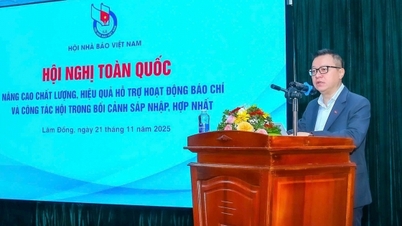



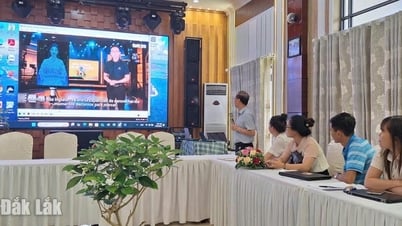

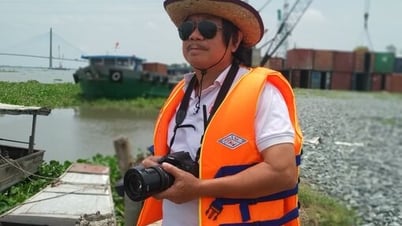

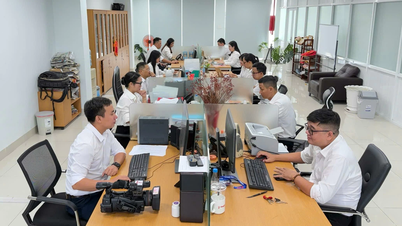



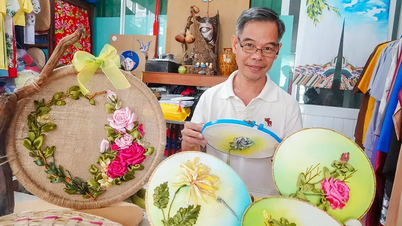

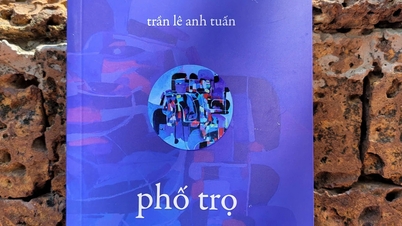





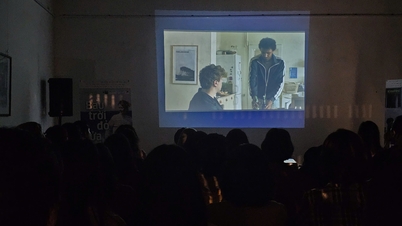


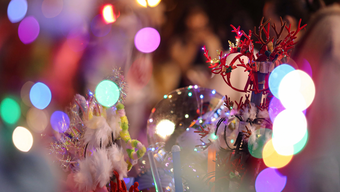
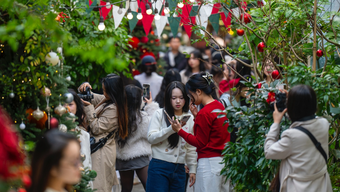


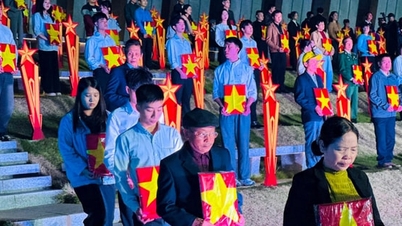
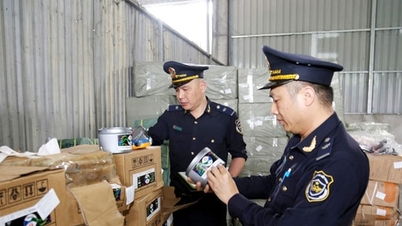









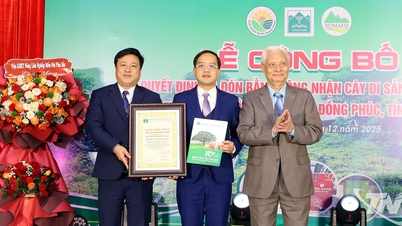

















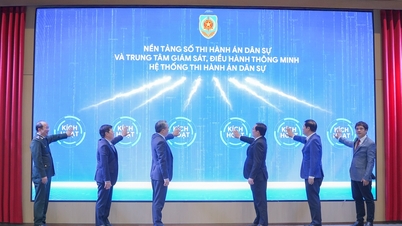





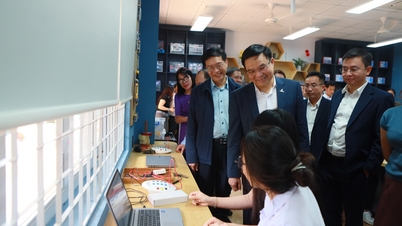




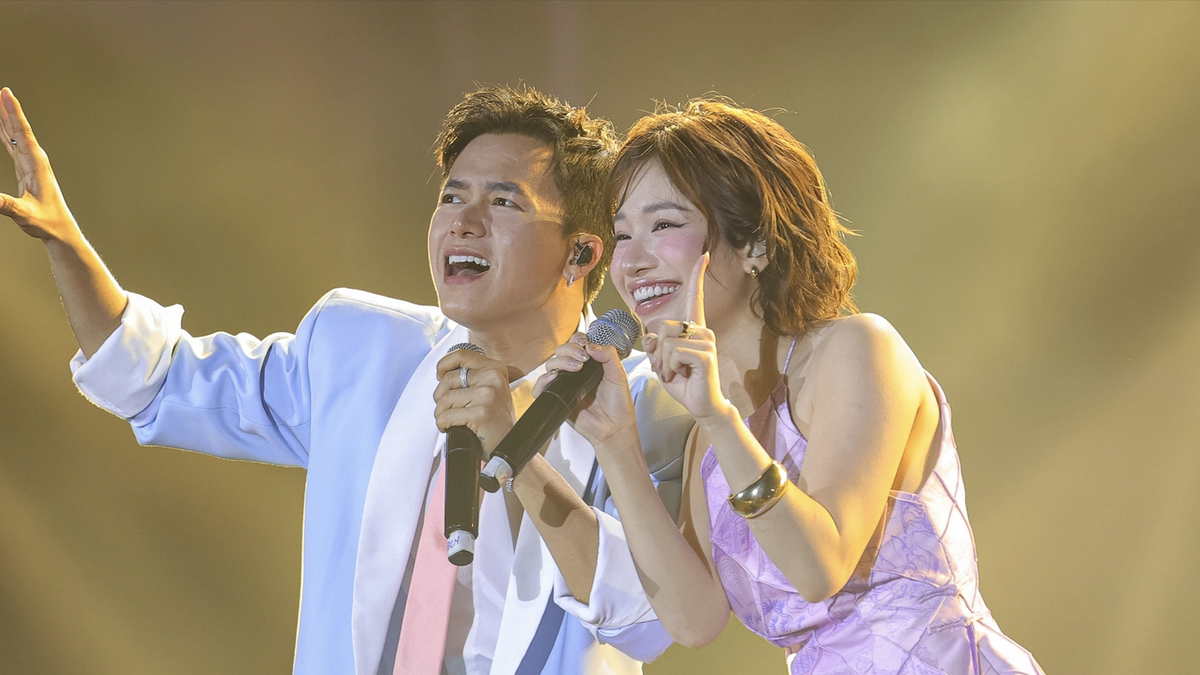


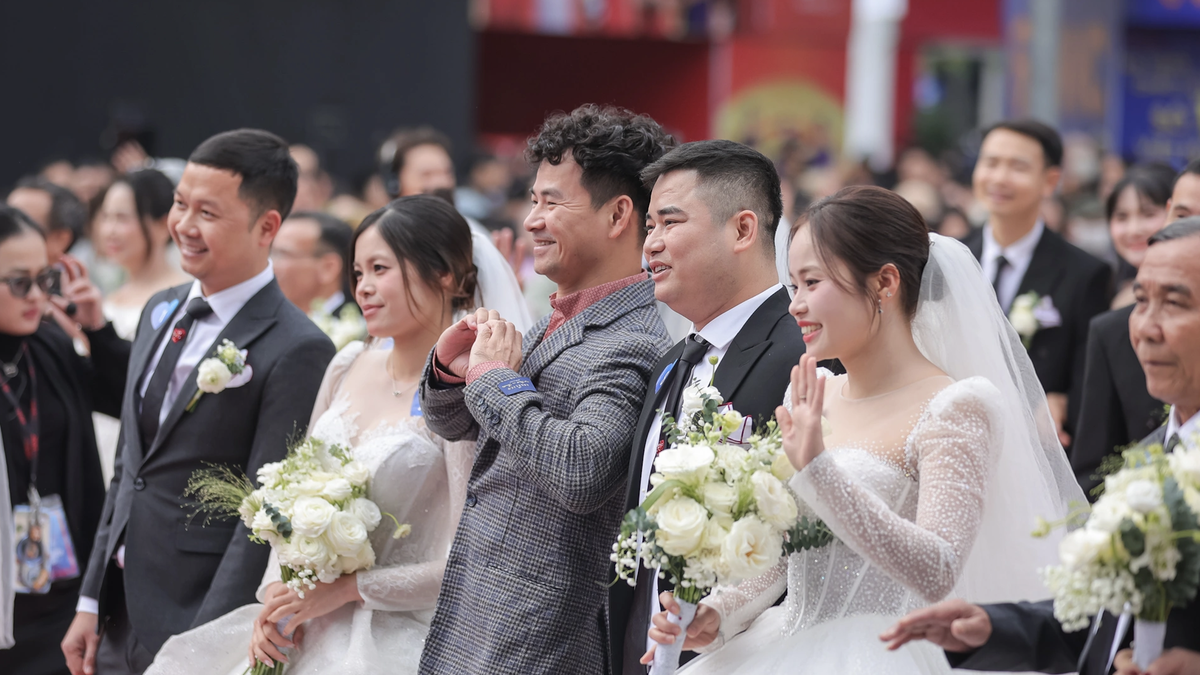




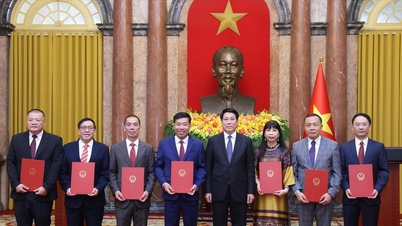



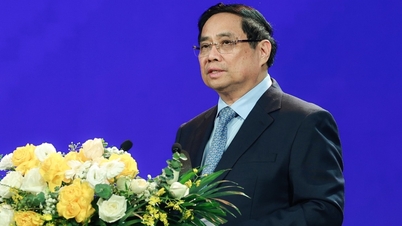






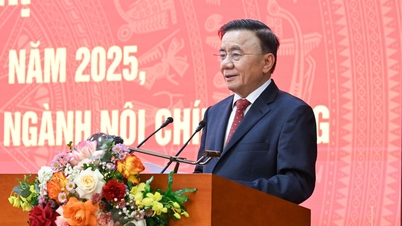




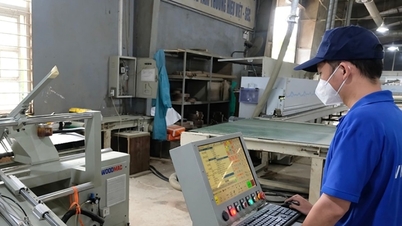

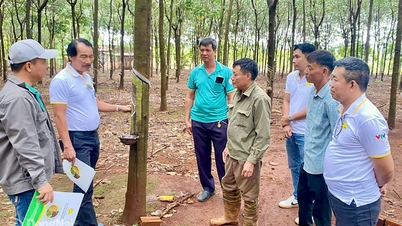


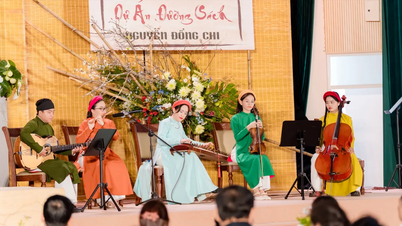






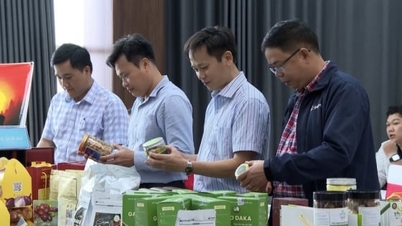








Comment (0)